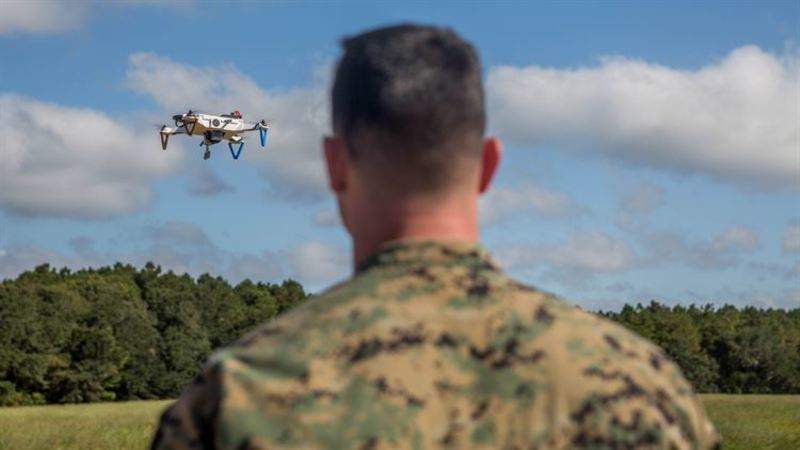
Marines with the US 2nd Marine Division have tested a number of additive-manufactured, or 3D-printed, small unmanned aerial systems (SUASs) at Camp Lejeune in North Carolina.

Discover B2B Marketing That Performs
Combine business intelligence and editorial excellence to reach engaged professionals across 36 leading media platforms.
The trials saw technicians and engineers from the US Army Research Lab gather marines from different military occupational specialties to demonstrate the usefulness and convenience of the 3D-printed SUAS.
The remote-controlled SUAS can be developed at a much faster rate than versions and are versatile enough to be used for a wide variety of missions.
US Army Research Lab Vehicle Technology Directorate team leader Eric Spero said: “At this point we are focusing on intelligence, surveillance and reconnaissance missions.
“We have different cameras such as an infrared and a day camera. There are different things we can do, like stream the video to systems or a heads-up display and record it for later viewing.”

US Tariffs are shifting - will you react or anticipate?
Don’t let policy changes catch you off guard. Stay proactive with real-time data and expert analysis.
By GlobalDataResearchers have designed a catalogue of drone units that enables service members to select a SUAS that is customised to address their specific mission needs and then download the information to allow its components to be fabricated via additive manufacturing.
The technology will enable the troops to easily design and develop aircraft based on their specifications and the nature of the mission, as opposed to being required to use the systems that are already in use.
US Army Research Lab mechanical engineer John Gerdes said: “We have taken 3D printing and quad-copters and created a means of giving troops a customised vehicle right when they need it, with the capabilities they need from it, on demand.”
Gerdes added: “These craft are the future because they’re protected by obsolescence.
“We are able to give troops the technology almost immediately by printing new parts and making slight adjustments so they will always have a craft that is able to complete the mission.”
A 3D printed SUAS can be designed, built and made ready for use in approximately 24 hours.





